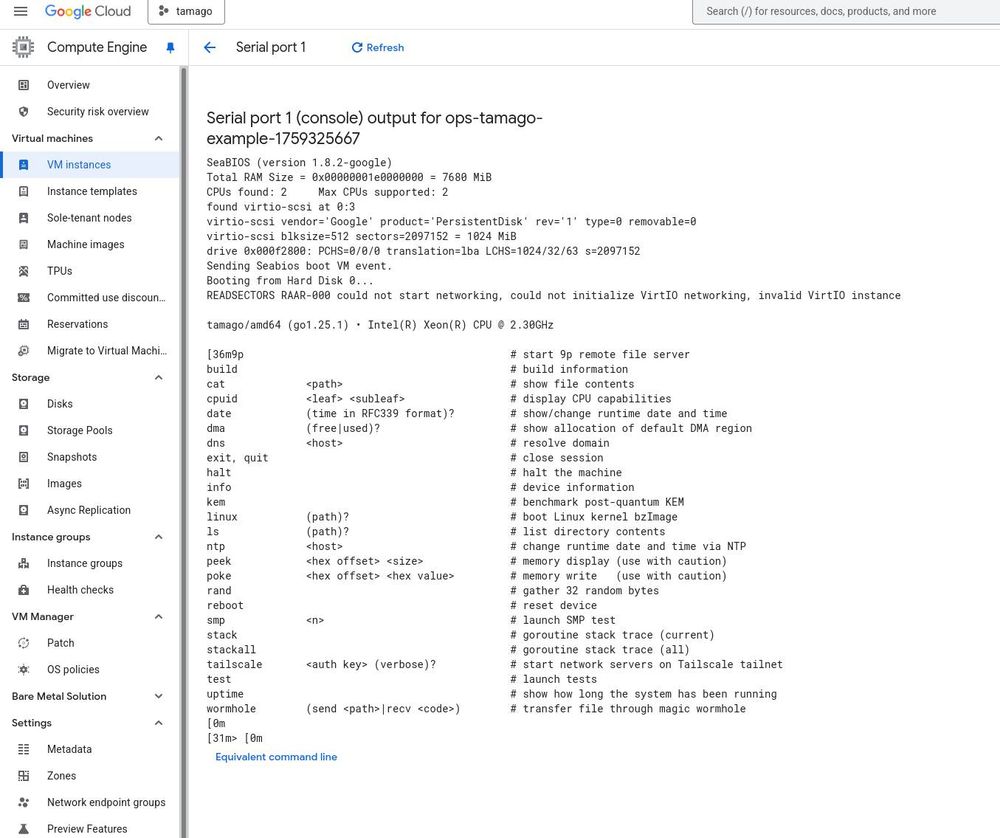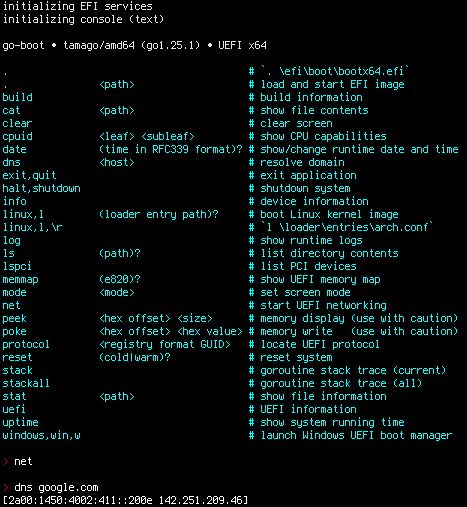thepudds
@thepudds.bsky.social
1.2K followers
160 following
140 posts
Go contributor.
Posts tend to be about #golang, performance, fuzzing, and Go Modules. He/him.
https://github.com/thepudds
Posts
Media
Videos
Starter Packs
Reposted by thepudds
Daniel Martí
@mvdan.cc
· 9h
A World Without Configuration Chaos: The Configuration Control Plane
Imagine a world where you can answer, with absolute confidence, the critical question: “What is the full impact of this change?”
A world where configuration isn’t a source of fear, but a source of rel...
cue.dev
Reposted by thepudds
Reposted by thepudds
“The Green Tea Garbage Collector” by Michael Knyszek and Austin Clements — https://go.dev/blog/greenteagc
#golang
#golang
Reposted by thepudds
Reposted by thepudds
Reposted by thepudds
Reposted by thepudds
Reposted by thepudds
Does widespread browser implementation of the Sec-Fetch-Site HTTP header mean we can protect against CSRF attacks without needing those hidden form tokens? It looks like the answer may be a cautious "yes"! simonwillison.net/2025/Oct/15/...
A modern approach to preventing CSRF in Go
Alex Edwards writes about the new http.CrossOriginProtection middleware that was added to the Go standard library in version 1.25 in August and asks: Have we finally reached the point where …
simonwillison.net
I'm looking into github.com/gorilla/csrf to figure out if we could bring CSRF protection to the standard library.
I am 90% sure the secret key is useless: it signs a random token with no metadata, and the attacker can just get and reuse a valid signed token.
Am I missing something?
I am 90% sure the secret key is useless: it signs a random token with no metadata, and the attacker can just get and reuse a valid signed token.
Am I missing something?
Screw PXE, this means the entire Go TLS and networking stack is available under UEFI.
In seconds I added DHCP and an SSH server to remotely manage my pre-boot environments.
I see much potential.
In seconds I added DHCP and an SSH server to remotely manage my pre-boot environments.
I see much potential.
Adding networking to go-boot through UEFI Simple Network Protocol.
It took 77 LOCs of pure Go to add the UEFI driver and bridge it to gVisor stack.
It took 77 LOCs of pure Go to add the UEFI driver and bridge it to gVisor stack.
First ever boot of a TamaGo unikernel in the cloud, here on Google Cloud Compute Engine, automatically deployed from remote userspace!
Looking forward to polish and publish this.
Looking forward to polish and publish this.

Reposted by thepudds
Jake Bailey
@jakebailey.dev
· Sep 30
Reposted by thepudds
Reposted by thepudds
Reposted by thepudds
Michael Pratt
@prattmic.com
· Sep 26

proposal: x/debug/trace: add package for parsing execution traces · Issue #62627 · golang/go
As part of #60773 (tracking issue #57175) I've been working on a new parser for the execution tracer, and to save work down the line I've also been trying to come up with a nice API that would work...
go.dev
Reposted by thepudds
Michael Pratt
@prattmic.com
· Sep 26
“Flight Recorder in Go 1.25” by Carlos Amedee and Michael Knyszek — https://go.dev/blog/flight-recorder
#golang
#golang
Reposted by thepudds
Reposted by thepudds
Reposted by thepudds
Reposted by thepudds
Adding networking to go-boot through UEFI Simple Network Protocol.
It took 77 LOCs of pure Go to add the UEFI driver and bridge it to gVisor stack.
It took 77 LOCs of pure Go to add the UEFI driver and bridge it to gVisor stack.

Reposted by thepudds
Dave Cheney
@dave.cheney.net
· Sep 9



